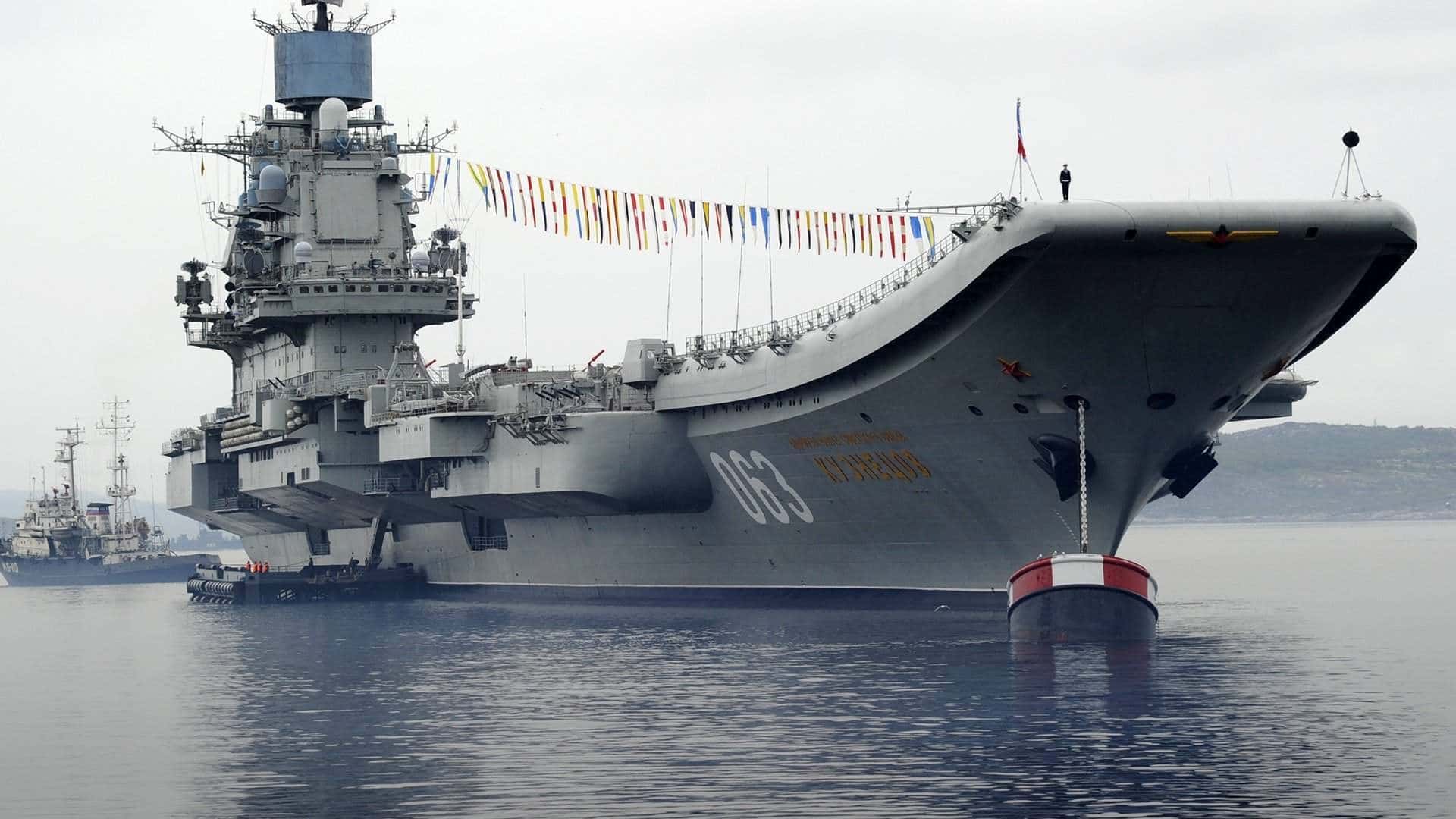A Russian Aircraft Carrier Was Hauled Away to China for 1 Reason
Minsk Aircraft Carrier's Unique Journey to China

The Minsk, a notable Soviet-era aircraft carrier, has transitioned from military service to a theme park attraction in China. Originally part of the Kiev-class, the Minsk was designed to support surface operations with its unique hybrid capabilities. After the Cold War, it was sold and eventually became the centerpiece of Minsk World, a military-themed park in Shenzhen, where it caught fire in 2024, marking a dramatic chapter in its storied history.
The Minsk: From Naval Power to Entertainment
The Minsk was one of only four Kiev-class aircraft carriers constructed at Mykolaiv, the Soviet Union’s premier shipbuilding facility. Unlike traditional aircraft carriers used by NATO forces, the Minsk was designed to operate as a hybrid vessel, capable of launching Yak-38 vertical take-off and landing aircraft while also equipped with missile systems. This unique design allowed the Minsk to support surface combatants rather than serve as a standalone power projection platform.
Following the dissolution of the Soviet Union, the Minsk was decommissioned and sold to South Korean investors. They later transferred ownership to a group of Chinese investors who envisioned the ship as a tourist attraction. The Minsk became the main draw at Minsk World, a theme park that celebrated military history. However, the ship’s journey took a tragic turn when it caught fire in 2024, raising questions about the preservation of such historical vessels.
China’s Evolving Naval Ambitions
China has shown a keen interest in acquiring decommissioned aircraft carriers to enhance its naval capabilities. The Minsk is part of a broader strategy that includes the acquisition of several other retired carriers, such as the Australian carrier Melbourne and the Soviet-era Varyag, which has been refurbished and is now active in the People’s Liberation Army Navy as the Liaoning. These acquisitions have provided China with valuable insights into carrier design and naval aviation operations.
Since commissioning the Liaoning in 2012, China has rapidly expanded its aircraft carrier fleet. The Shandong, China’s second carrier, was entirely built domestically and entered service in 2019. Currently, the Fujian, a more advanced carrier, is undergoing testing, showcasing modern features akin to Western carriers. Additionally, plans for a fourth carrier, the Type 004, are underway, which will be larger and equipped with nuclear propulsion, signaling China’s ambition to develop a formidable blue-water navy capable of global power projection.
While the Minsk may not align with China’s current naval doctrine, its history reflects a fascinating chapter in the evolution of China’s aircraft carrier program and its strategic aspirations in maritime power.
